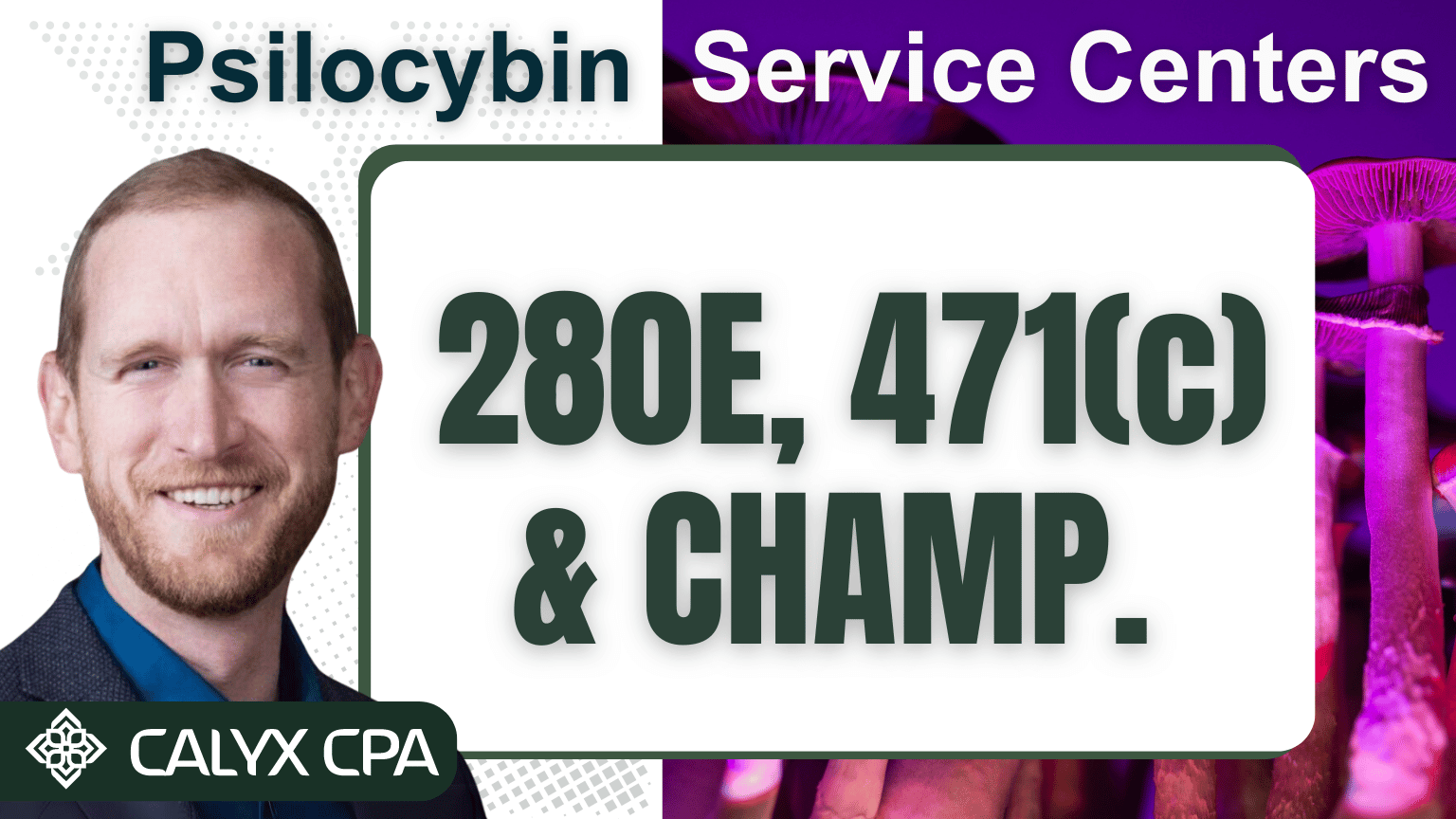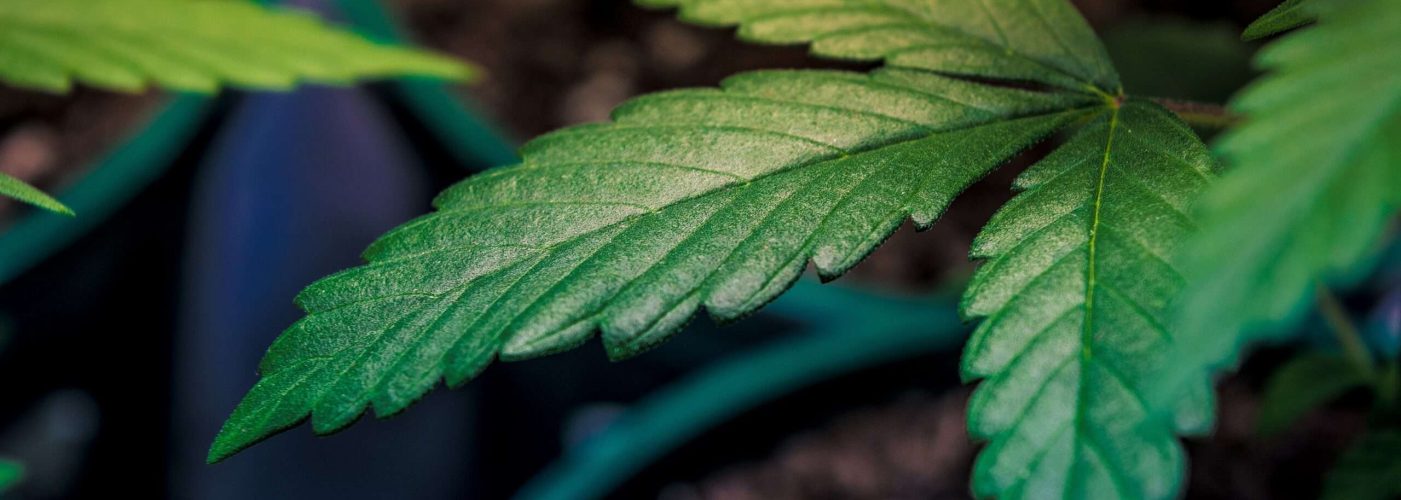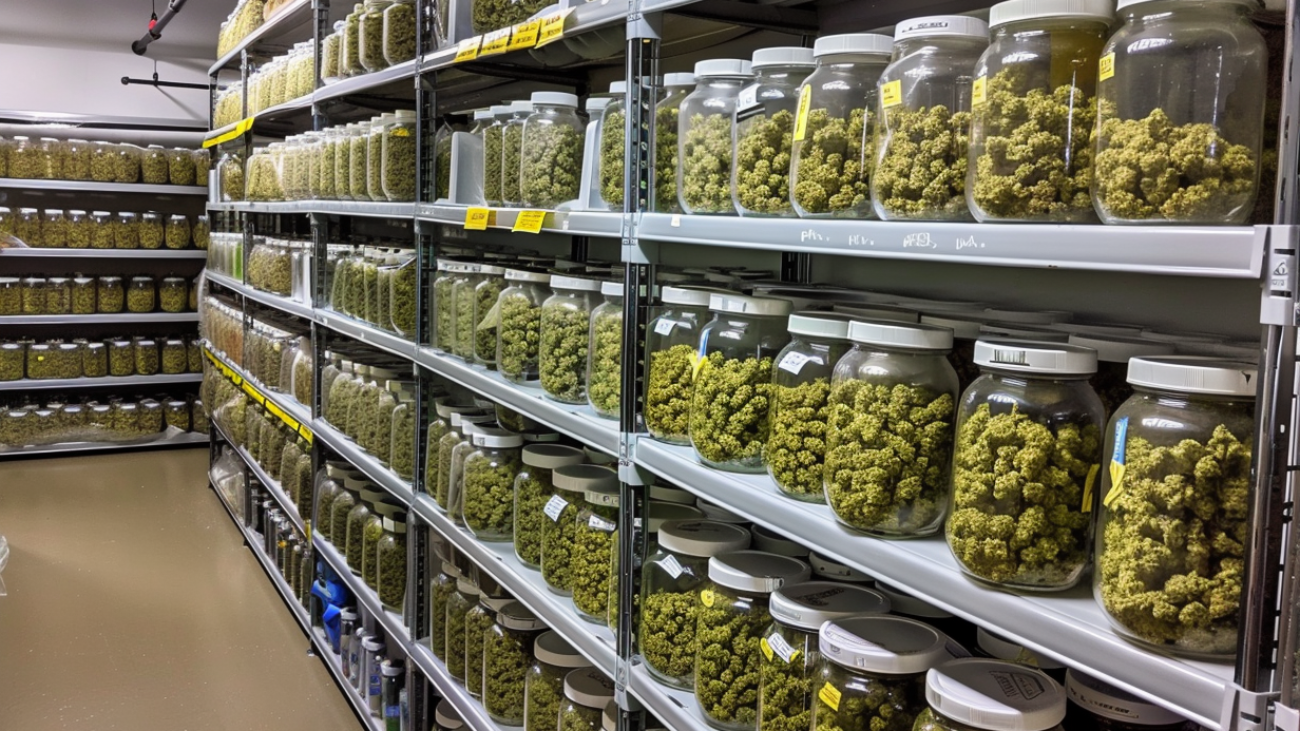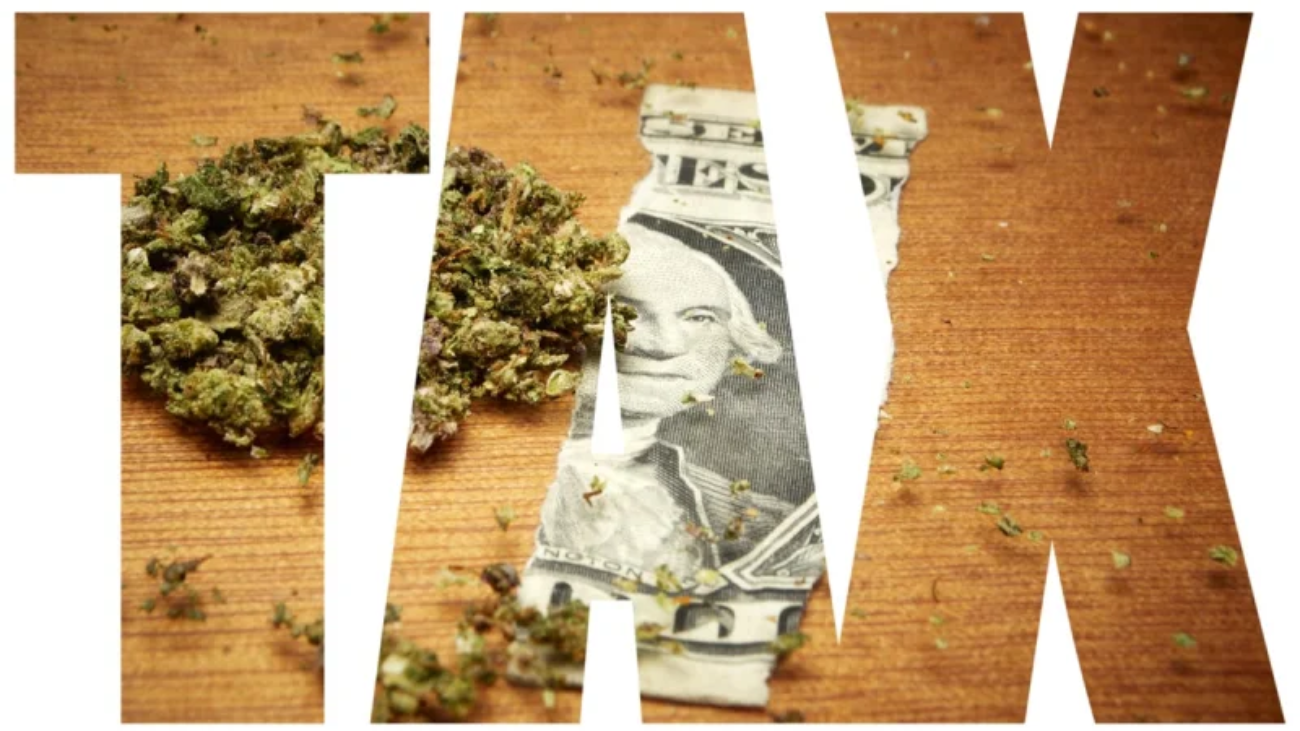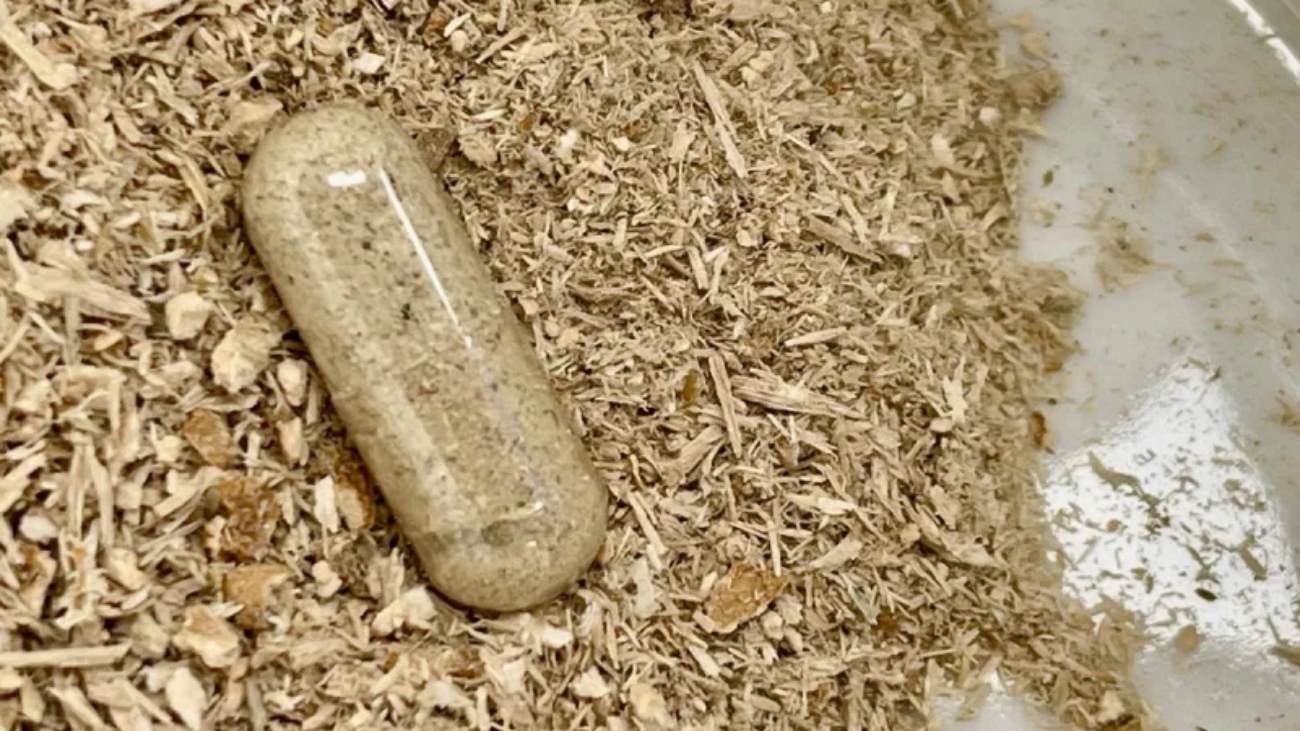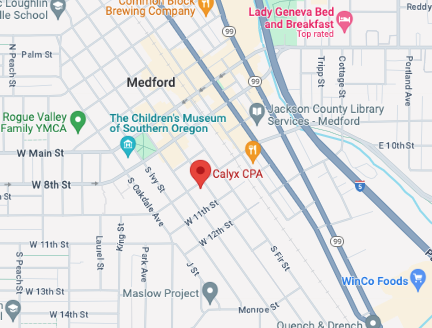On the other hand, according to 280E, psilocybin Service Centers are not allowed to deduct almost all of their expenses except for the cost of the psilocybin itself. If you do the math, you will see how this tax treatment will be impossible for the industry to absorb. Therefore, a methodology must be utilized to mitigate the impact of 280E for Service Centers.
As of this writing, two methods are being entertained. One is the CHAMP method, and the other is a 471C methodology. This writing will explore the most logical approach, the CHAMP method.
To learn more about (CHAMP), google “Californians Helping to Alleviate Medical Problems (CHAMP) v Commissioner.” Warning, as an approach has yet to be tried in court, there is no risk-free method to mitigating the impact of 280E. Psilocybin Service Centers are expected to start operations in September of 2023, tax returns will be filed in 2024, and audits will likely not be conducted for a few years after that. Therefore, we will not know what methodology will be allowed until a tax return is tried in tax court and litigated.
CALIFORNIANS HELPING TO ALLEVIATE MEDICAL PROBLEMS (CHAMP)
Californians Helping to Alleviate Medical Problems (CHAMP) was a 501c3 not-for-profit organization that provided medical services supplemented with cannabis. Unfortunately, they were audited by the IRS, their nonprofit status was stripped, and they were assessed tax at corporate rates of 35%. As a result of 280E, all of their expenses, except for the cost of their product purchased for resale (COGS), were disallowed. The tax treatment ultimately forced the organization to close. Fortunately for those in the psilocybin industry, CHAMP appealed the decision and eventually won their argument. Their attorneys successfully argued that the organization’s primary operation was to provide medical care, and selling cannabis was a secondary activity. As a result, the court decided to allow the organization to deduct its expenses related to caregiving. There are many more facts and circumstances related to the case, but for the psilocybin industry, it’s a start.
Along with most would-be business owners in the psilocybin industry, our firm also believes that, like the cannabis industry, psilocybin can be used for medicinal purposes. However, despite mounting support for the hypothesis, evidence is still inconclusive due to legal barriers. However, using psychedelics for therapeutic purposes does indicate a higher efficacy rate than talk therapy to treat mental illnesses, including OCD, PTSD, and addiction.
Please note that the strategy of having multiple business activities has been attempted by the cannabis industry numerous times but has failed many more times because their “services” or “other” business activities were deemed to be an attempt to circumvent 280E or were in the service of selling cannabis and were not legitimate revenue streams. However, I think the psilocybin industry can leverage the CHAMP precedence in that most Service Centers or business people in the sector intend to operate a business meant to help people, and selling psilocybin is in the service of caregiving.
Therefore, with proper accounting and recordkeeping, we, as accounts, should be able to argue that the industry is generating revenue by offering services and not necessarily selling psilocybin. But, of course, we will not allow all expenses; we must throw the IRS a bone and disallow the overhead related to “drug trafficking.” At that point, we can, however, implement the 471C approach to allocate costs associated with the sale of psilocybin.
Unfortunately, there is no silver bullet. Accordingly, the IRS has concluded that, along with ancillary, closely held companies, or businesses that do not have substantially different ownership, any trafficking within a company or a group of companies can taint their business activities and make them subject to 280E.
471C
It has also been proposed that the industry take a purely 471C approach and, under it, deduct all its expenses, besides those that would not otherwise qualify as a requirement to do business, as discretionary expenses. But that approach would hold up more, or even less, than a dispensary attempting to do the same thing. One thing is for sure, your biggest concern is your accountant not doing anything and getting mired in tax debt.


